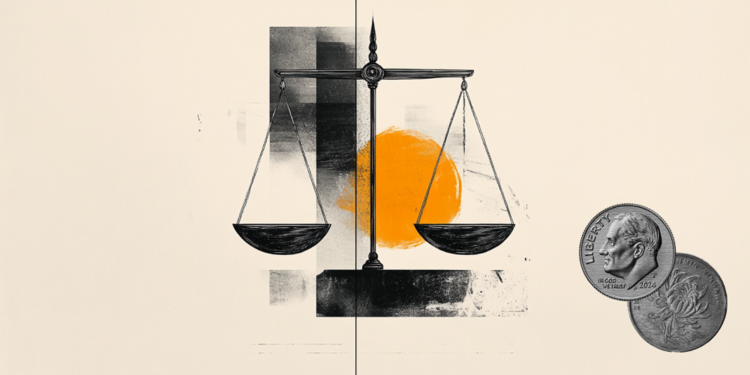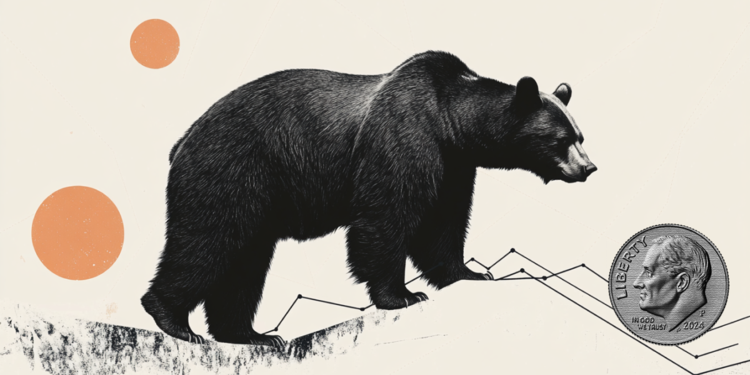A newly discovered asteroid, called 2024 YR4 has an average chance of 2% to collide with the earth in 2032. Despite the low probability, astronomers accompany the object in order to obtain more information – An effort that can soon rely on the most powerful telescope ever sent to space.
It is still known little about 2024 YR4, but it is estimated that its size varies between 40 and 90 meters wide-“a dimension comparable to that of a large building”, according to the Dr. Paul Chodas Manager of the Center for Object Study Near Earth (Cneos), in the Jet Propulsion Laboratory NASA in California.
This size is far from comparing to the asteroid that extinguished the dinosaurs 66 million years ago, about 10 kilometers in diameter – the last major impact known on Earth. Asteroids of this size, called “planet destroyers”, have at least one kilometer in diameter and could cause devastating effects on earthly life.
Same smaller asteroids can cause large -scale destruction if they enter a collision route with the earth. Therefore, astronomers need to get as much data as possible on the 2024 YR4 – and fast.
Collecting more information, such as refining your trajectory, can reduce the chances of impact to zero. But scientists have little time to study it before it disappears from sight in April. Now they plan to use the powerful James Webb space telescope to more accurately determine the size and orbit of the asteroid.
Monitoring a potential threat
The Atlas Telescope, located in Río Hurtado, Chile, detected the 2024 YR4 on December 27. Atlas is part of NASA -funded programs to monitor asteroids near Earth, explained DAVIDE FARNOCCHIA Cneos Navigation Engineer, by email, CNN International.
Since then, several telescopes have followed the asteroid, but its size estimate has changed little, as it is based only on sunlight reflected by its surface. The webb space telescope, however, sees the universe in infrared light and can measure the heat emitted by the asteroid, providing a much more accurate estimate.
Since January, Observatory in New Mexico (US), Denmark and Chile have monitored the 2024 YR4. It is currently over 48 million kilometers from Earth and moving away. The object will remain visible until the beginning of April, before following its orbit around the sun.
Telescopes in Hawaii are also involved in the search. The Pan-Starrs, in haleakalā volcano and the main telescope in the world to discover asteroids near the earth.
“Hawaii telescopes are some of the most important tools for planetary defense,” he said Doug Simons Director of the Institute of Astronomy of the University of Hawaii.
Even after the 2024 YR4 comes out of the reach of terrestrial telescopes, the Webb can still study it, helping to determine its exact position. In addition to the observations planned for March, a new campaign is scheduled for May, allowing final measurements of its orbit and temperature variations as it moves away from the sun.
If the asteroid disappears before scientists can completely rule out an impact, it will remain on the risk list until it reappears in June 2028. Predictions indicate that 2024 YR4 returns to the vigilance of Earth every four years, but without danger in 2028 .
Estimating the risks
Determining the exact size of the asteroid is crucial to estimating damage in case of impact.
“If the 2024 YR4 is at the top end of its size estimate, it could cause destruction within 50 kilometers from the point of impact,” Chodas explained.
“But This would only happen in the unlikely scenario of a collision . The risk arises due to the extreme speed with which the asteroid would enter the atmosphere – about 17 km/s, or 38,000 km/h. ”
Asteroids of this size reach the earth every few thousand years. In 1908, an object about 30 meters in diameter exploded over Siberia, devastating an area of over 2,000 km² and knocking down 20 million trees. Already in 2013, a smaller 20 -meter asteroid exploded over the Russian city of Chelyabinsk, generating a stronger explosion than 20 atomic bombs and causing widespread damage.
If the 2024 YR4 is closer to 50 meters and is a rock asteroid, the effects may be similar to those of the Tunguska event, according to the European Space Agency (ESA). In a more extreme case, the damage could extend to tens of kilometers.
About 3,000 asteroids near Earth are discovered each year, but identifying objects the size of 2024 YR4 is a challenge as they are dark and difficult to detect. Scientists estimate that there are about 600,000 asteroids of this size, but only 2% of them have been found so far.
“Small asteroids enter the atmosphere all the time, creating fireballs, but usually does not cause significant damage,” he said Larry Denneau astronomer of the Hawaii Institute of Astronomy.
“Larger asteroids can be very destructive, but fortunately they are much rarer. There are still many big ones that we have not discovered, which is why we continue to monitor the sky to anticipate possible threats. ”
Was this content originally published on how astronomers monitor asteroid with a 2% chance of hitting Earth? on the CNN Brazil website.
Source: CNN Brasil
Charles Grill is a tech-savvy writer with over 3 years of experience in the field. He writes on a variety of technology-related topics and has a strong focus on the latest advancements in the industry. He is connected with several online news websites and is currently contributing to a technology-focused platform.







